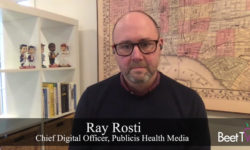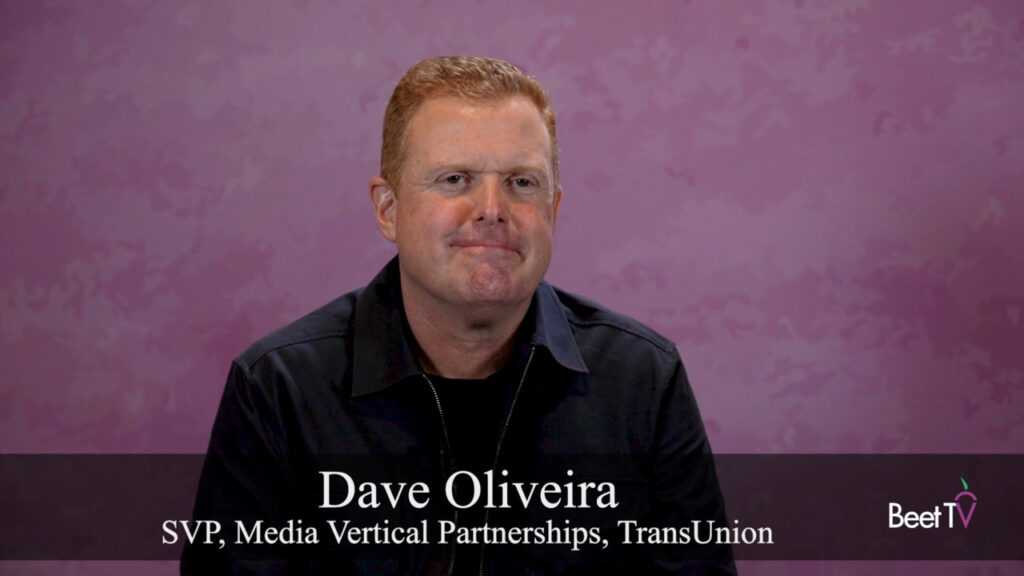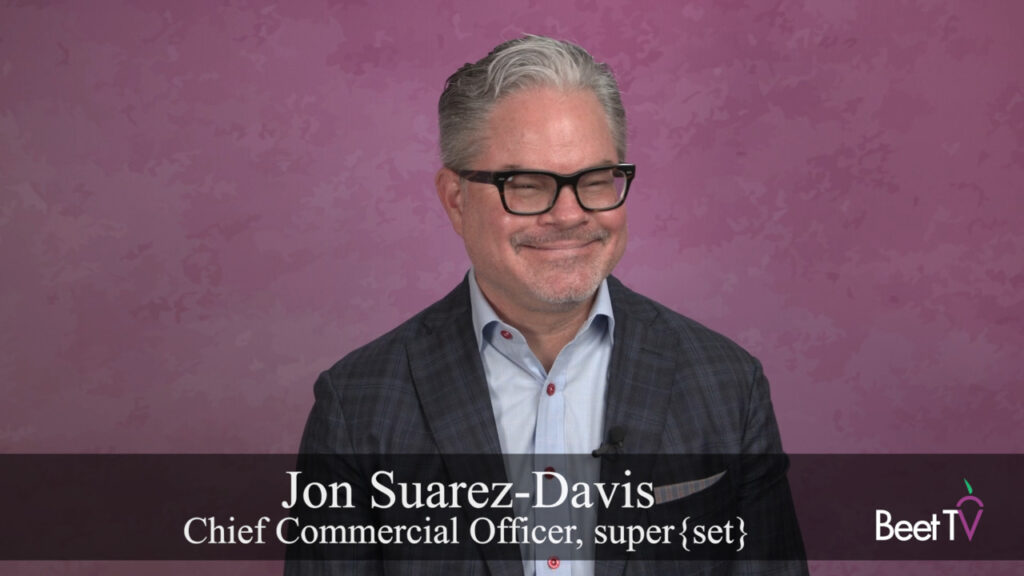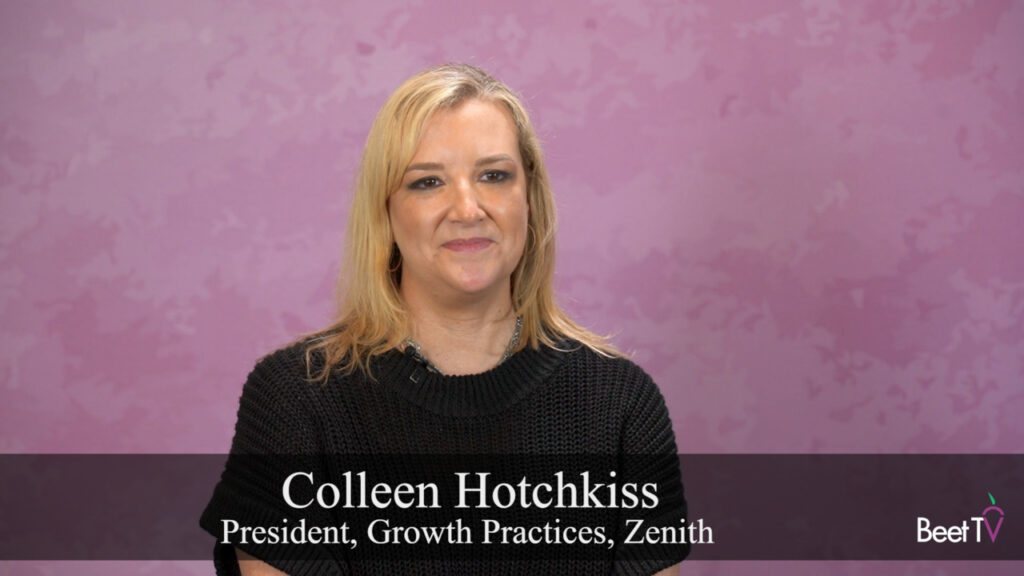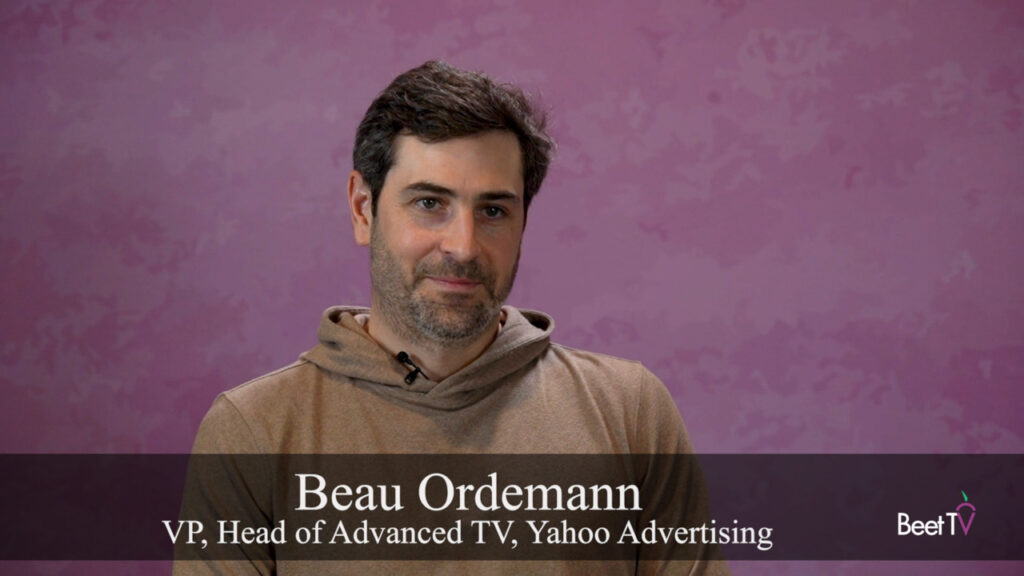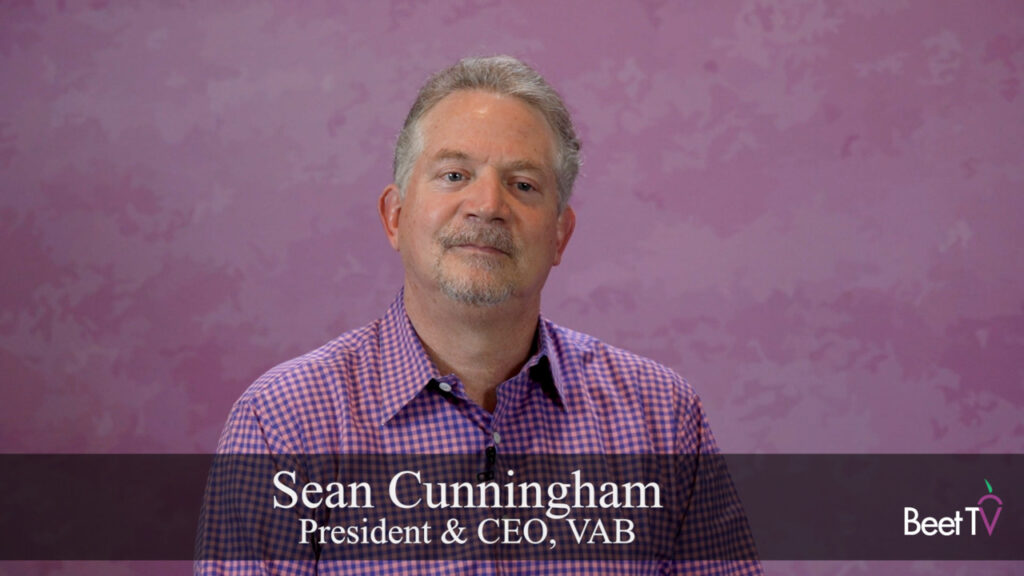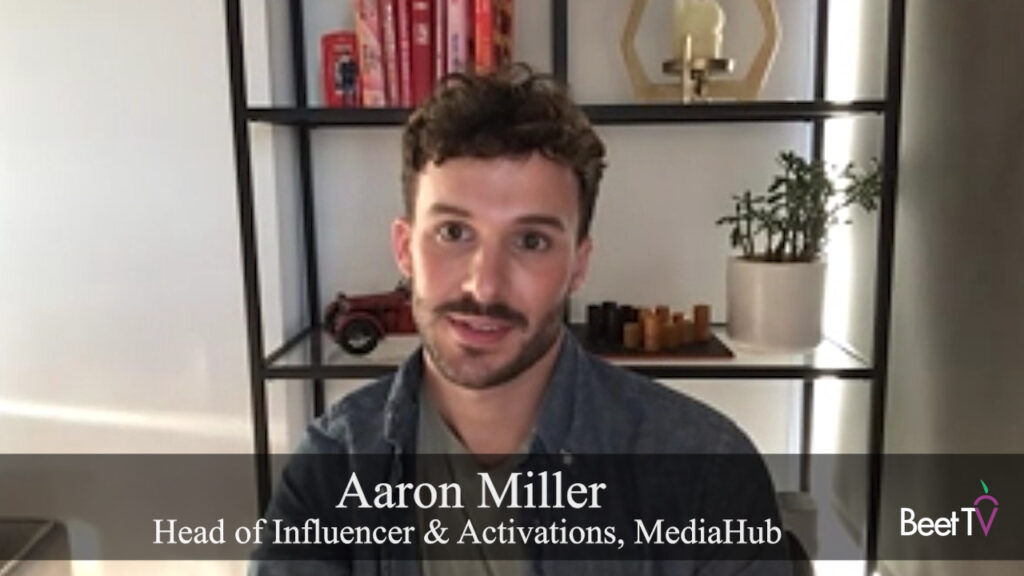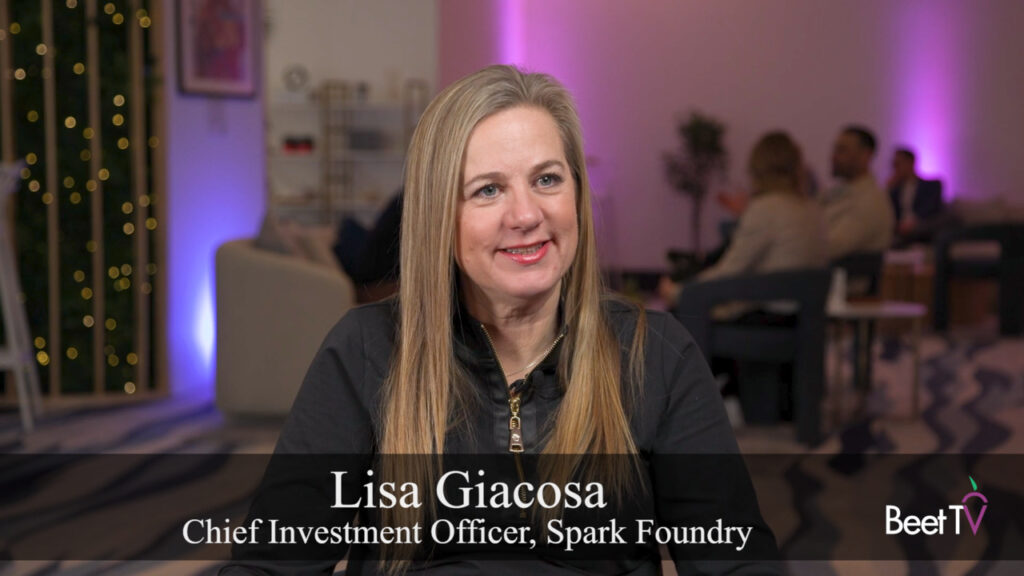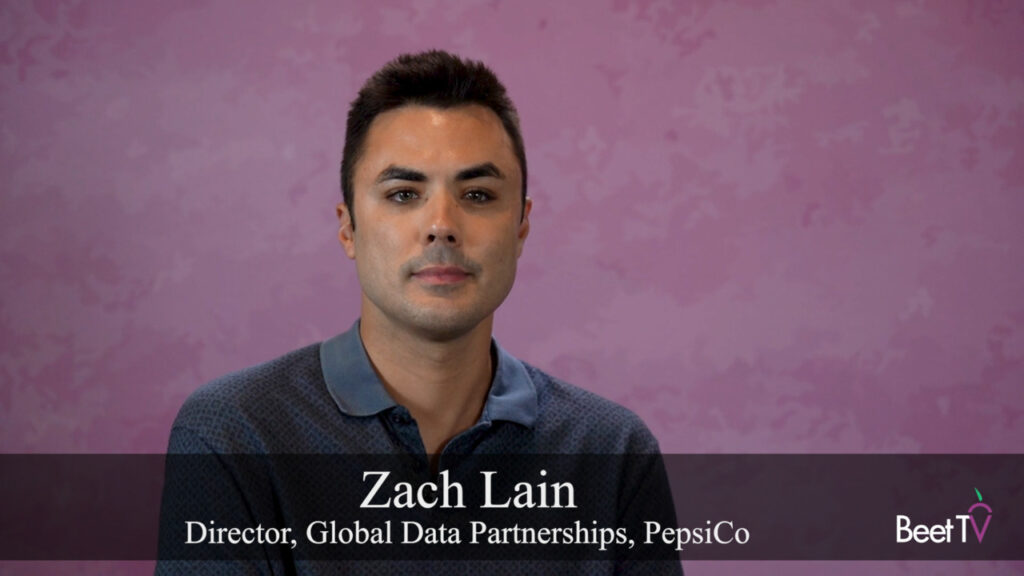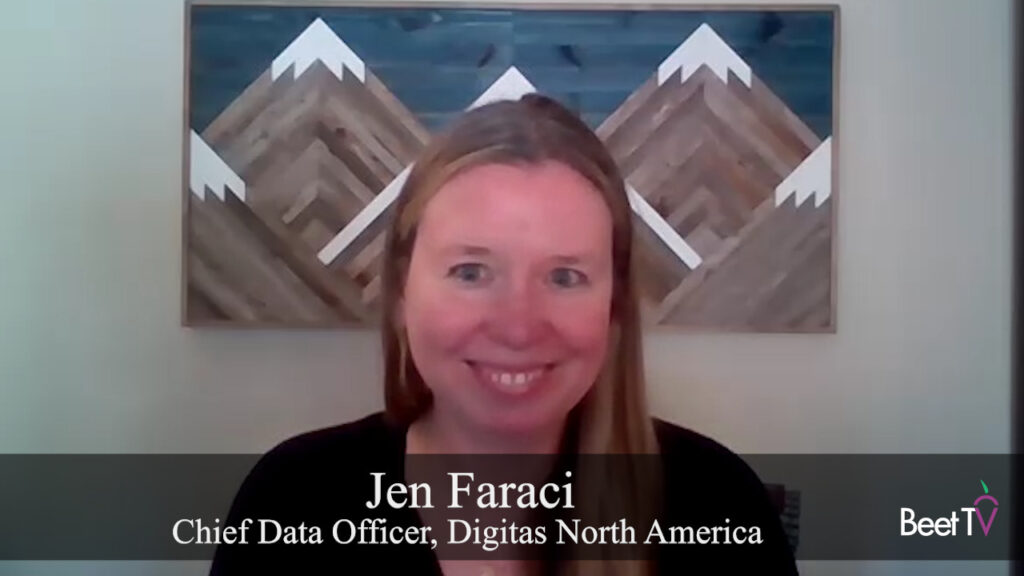As healthcare advertisers shift their media buying into programmatic channels, they have an opportunity to reach targeted audiences at scale among a wide variety of digital video platforms. Those platforms are working to accommodate those advertisers, including drug makers that are required to provide product claim disclosures in video spots, extending their length.
“That gets more handholding and more attention to get the clearance for these longer-length spots across our publisher base,” Adam Lowy, head of North American demand sales and strategy at Magnite, said in this interview with Beet.TV. “All categories are starting to get into connected TV, and pharma is a big one. We’re excited to see more of that demand come into the space.”
Magnite is a sell-side platform (SSP) that was formed this year after the merger of Rubicon Project and Telaria. It combines the strengths of Telaria in connected TV (CTV) with Rubicon’s background in display, audio and digital out-of-home (DOOH) advertising to provide a more unified platform for publishers to connect with media buyers.
“We’re working with our buyers and how they can look at one buy holistically. Over time, we’ll see more of these type of buys,” Lowy said. “There’s more and more of these campaigns that are starting to prove the thesis of our merger.”
Audience-Based Targeting
Magnite has its eye on the burgeoning market for programmatic video as more marketers shift their media budgets away from the estimated $70 billion market for linear TV advertising. The company works with demand-side platforms (DSPs) like DeepIntent, which specializes in the healthcare industry and serves a variety of media buyers.
“Pharma companies and DSPs like DeepIntent can utilize all our programmatic solutions of publishers,” Lowy said. “It’s just great to look at our entire portfolio, where they can find the proper audience that they’re addressing.”
With privacy protections in place, healthcare advertisers can reach target audiences at scale while also complying regulations like the Health Insurance Portability and Accountability Act (HIPAA) and adhering to ethical standards that are good business practice. Healthcare advertisers also can move more quickly and adjust their campaigns to hone their targeting.
“From pitch to pay, the entire process and procedure will be a faster, more cohesive buy,” Lowy said. “With automation behind it and the programmatic pipes … it’s going to make buying faster, optimization quicker.”
You are watching “Embracing the Future of Healthcare Marketing,” a Beet.TV leadership series presented by DeepIntent. For more videos, please visit this page.












